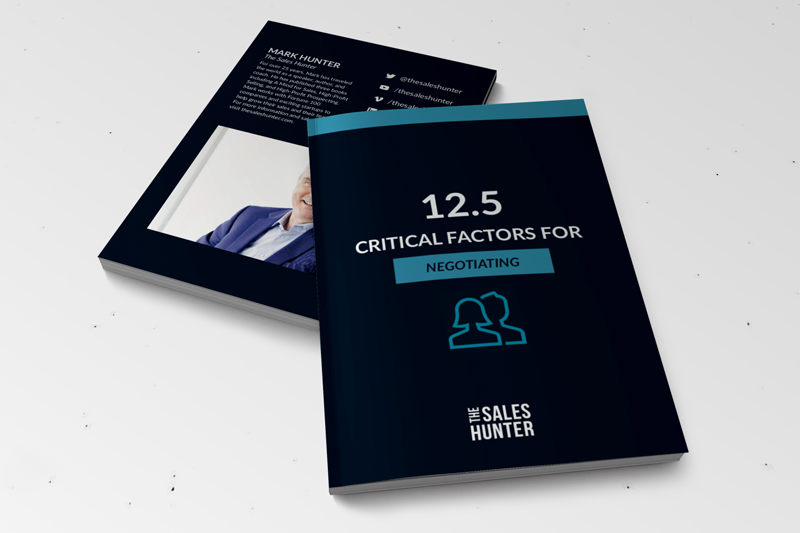 How do your customers define “best price” or “lowest price?”
How do your customers define “best price” or “lowest price?”
I was conducting a training session for a major company on how to sell at a higher price, and one of the first questions I was asked was how to deal with a customer who was only concerned about price.
One salesperson asked me the question, but I could tell from how others in the room were focused that it was something nearly everyone had been facing. My response was, “How do you know the customer is 100% focused on low price?”
The salesperson said it’s the only thing the customer ever wants to talk about. My response was, “Do you know how the customer defines low price?” With that I got a blank stare, as if I was a village idiot for not knowing that low price means low price.
With the salesperson still staring at me in awe, I offered up this simple point to the entire group:
The definition of “low price” can and does mean any number of things. Does the customer place value on inventory, do they measure turns, and do they care about rotation? I followed this by saying, “Would the customer buy 10 times their normal amount if they could get a price 25% lower than what they’re getting now?”
Purpose of my questioning was simple – to get the salesperson and everyone else to see how low price has a number of other things associated with it.
The lowest price one person might pay could be dramatically different than the lowest price another person might pay if the order quantity didn’t fit their needs.
Was my line of questioning direct? Yes, it was for one simple reason.
I knew the salesperson had zero idea as to how the customer defined low price. This is one of the things that absolutely drives me crazy. A salesperson hears a buyer say how a price needs to be lower, and the salesperson automatically thinks they know exactly what the customer wants.
A customer who is asking for a low price is not necessarily asking for a low price as many people would define it at first glance.
What they’re asking for is a price that fits their needs and the value they expect to get from it.
Next time you hear a customer ask you for a lower price, don’t budge until the customer has told you specifically how they define price.
A few of the criteria I look for include:
- What is the cost of money to them?
- How much does it cost to inventory items?
- How much does their supply-chain add to the cost of each item?
- What is the number of inventory turns they expect per year?
- What is the risk of dated inventory?
- What is the liability they incur with inventory?
- Are there quality control issues that arise with inventory?
Not all of these questions work for every salesperson and buyer, but I’m sure as you read the list, you will find at least a few that do, and you can then develop even more.
Your objective is simple – until you have a very clear understanding as to how the customer defines low price, you have absolutely zero reason to believe any pre-conceived ideas that the only way you are going to secure a sale is by lowering your price.
You are trying to get your customers to invest in solutions, not simply “buy” something. Are you asking customers to buy or invest?
For more about being a trusted advisor — which is what is at the root of questions like the ones above — check out my upcoming book Advisor Selling.
Copyright 2014, Mark Hunter “The Sales Hunter.” Sales Motivation Blog. Mark Hunter is the author of High-Profit Selling: Win the Sale Without Compromising on Price.














One Response
Excellent article, Mark. I’ve also found that it’s useful to distinguish between low “price” and low “cost”. There can be a world of difference between the two.